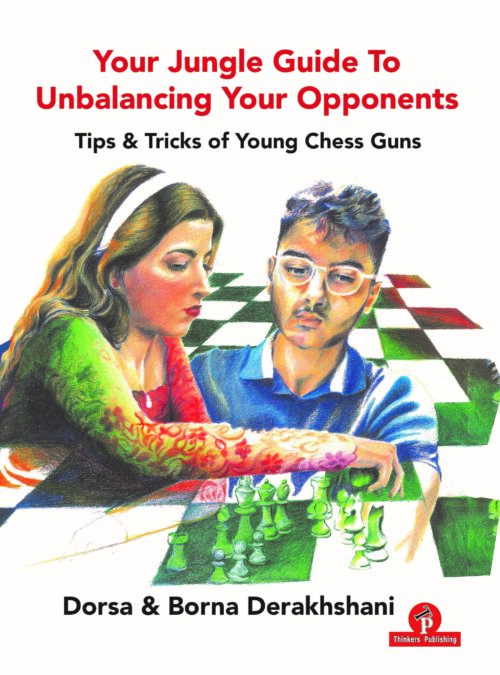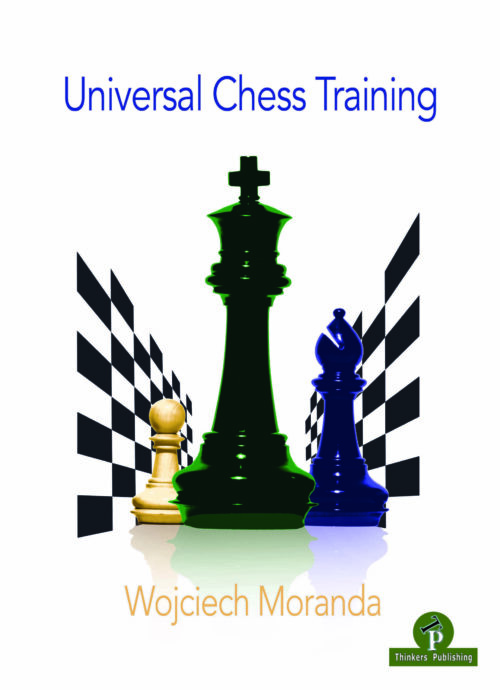-
Á útsölu!“The endgame is the moment of truth. It is the phase of the game where we will try to reap the seeds of our effort regardless of whether that is the full point of victory or the half point of the draw. The significance of errors increases in the endgame as the opportunities for correcting them are few.” ~ Efstratios Grivas




